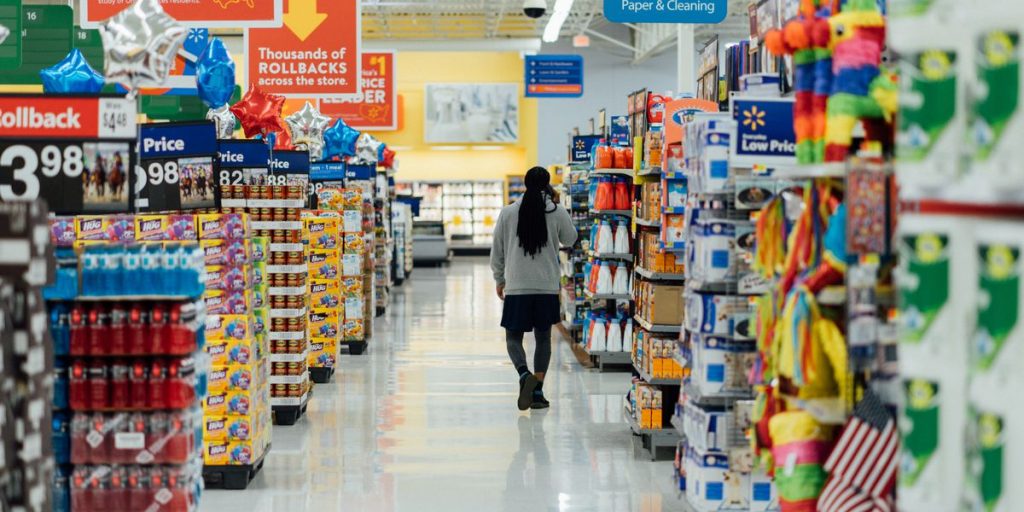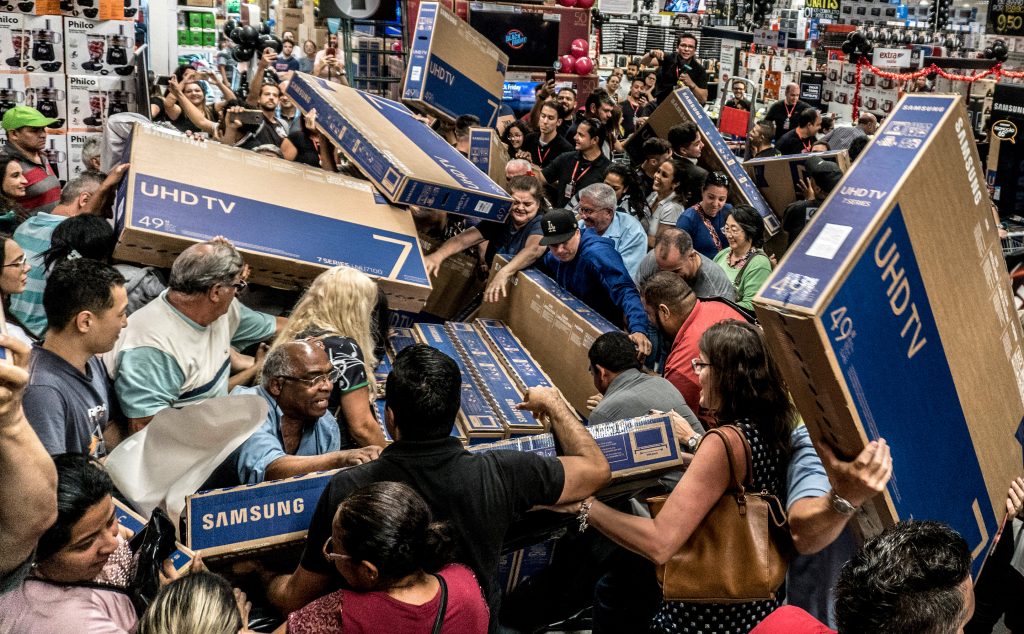Everyone nowadays has come across supermarket promotions – things like buy one, get one free, discount vouchers, competitions and prize draws.
But when you think about it, the shares are somehow strange. Selling two for the price of one means the company halves its profit margin, and prize-giving can be very expensive. So what is the benefit?

Firstly, a brand may run a promotion just to boost sales, but instead it may be raising awareness of a brand new product or reminding customers of a familiar item that challenger brands are competing with.
It could also be a change in the consumer’s buying pattern, so that they buy in larger quantities or more often. Sometimes brands use it to collect information about their consumers – a promotion may require a large data capture requirement.
Sometimes brands may run promotions simply to keep their products on the shelves – supermarkets will not keep stock of a product if it is not selling. Therefore, some vouchers may only be valid for a certain supermarket chain in order to move to that location.
If you have a product and the brand disrupts it but doesn’t endorse it, the supermarket may drop it in favour of a competitor. Sometimes a promotion is simply to support sales in a particular channel. Consumer advertising is most often used by brands in the fast-moving consumer goods sector – think supermarket products.
These brands use advertising to help consumers decide which one is right for seven different washing machines. And it may be that the one with the €100 cashback offer is the one.

Promotions can also help increase consumer loyalty. Collection schemes are the best mechanism to achieve this. Here, customers collect tokens from several packs, which they can exchange for something like a mug or a cake tin, often in limited editions and decorated with the product’s logo.
But this brings the biggest risk of organising a campaign: the financial cost. Suppose Coca-Cola ran a collection scheme where people could exchange four bottle caps for a football. If they have placed this promotion on four million products, they have put on their books the obligation to produce and distribute one million footballs for free.
However, there are ways to mitigate these potentially huge costs.
This will not happen because not everyone is interested in football and will not keep the caps. Coca-Cola would come to us, we would look at our database and say we think only two per cent of people will take part in this campaign. We would calculate the costs involved, and basically whatever the customer would pay us.
In general, vouchers for a free bag of crisps seem like an expensive advertising technique, but that’s if everyone redeems them. They clearly don’t.
